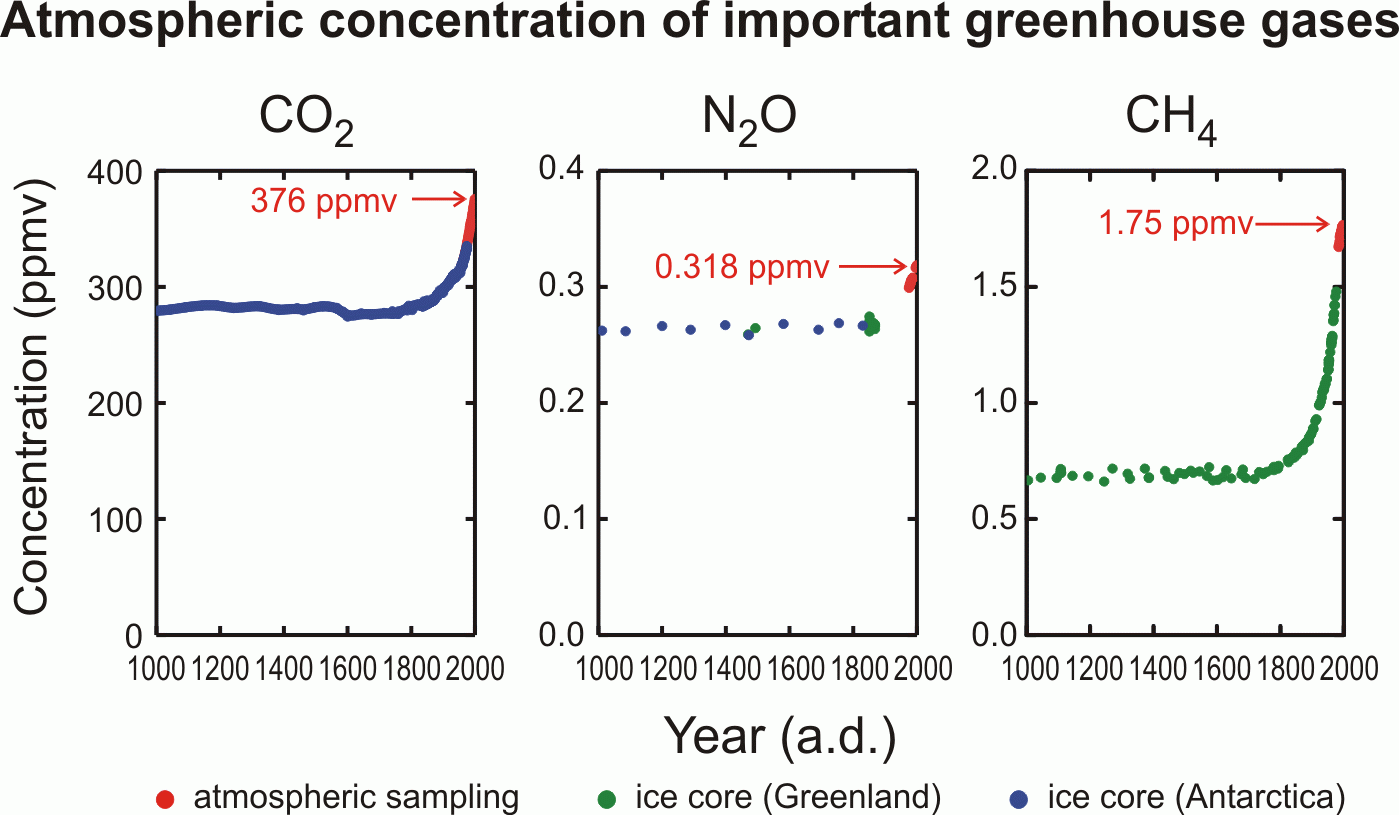TUMSS
Towards an improved Understanding of Methane Sources and Sinks
Keywords: methane, isotopes, fluxes, clathrates, paleo-climate, radiative forcing, climate change, greenhouse gas budgets, modeling, mitigation, incommensurability of values, safeguard principles, justice.
Methane is recognized to be the second most important greenhouse gas after carbon dioxide. In the long-term, methane could even become the most important contributor to global warming. However, its biological, chemical and physical role in the present and in paleo-climates as well as its socio-economical challenges and chances concerning mitigation strategies have so far been given little attention only. In 2005, the ETH Cluster Project "TUMSS" was initiated to address these issues.
TUMSS consisted of a number of interlinked core areas of research:
Methane fluxes, land cover and use
The research consortium determined relevant processes leading to CH4 sources and sinks, their ecological controls, their isotopic signatures and their spatio-temporal variability on local to regional scales. The effects of management including livestock grazing on whole-ecosystem methane flux budgets were studied in relation to associated responses of soils and their microbial communities, vegetation changes and the biogeochemical cycling of elements.
Paleo-records and processes
The impacts of CH4 releases from geological origin on biota, and quantify present gas releases from CH4 hydrates were assessed. Comparing both time scales, a first evaluation of potential effects of future CH4 releases on the earth has been achieved.
Regional and global modeling
Modelling at a wide range of scale was a core activity within TUMSS. At the regional scale, a GIS based model was used to evaluate how land use changes will affect CH4 fluxes from wetlands and agricultural sites. At the regional to global scale. a global atmospheric climate-chemistry model (CCM, coupled to a soil vegetation-atmospheric-transfer, SVAT) was used to understand and simulate past, present and future interactions among natural CH4 fluxes, land use, land use change and the feedback loops with the atmosphere.
Economy, politics and society
The economic dimensions of mitigation strategies for CH4 were planned to be assessed in relation to other greenhouse gases (synergies and trade offs) and their impacts on agricultural land use and food production analysed. The ethical dimension of the underlying principles for rational decision making (including considerations of socio-economic and related environmental impacts) were analysed, providing guidance in determining justified choices.
